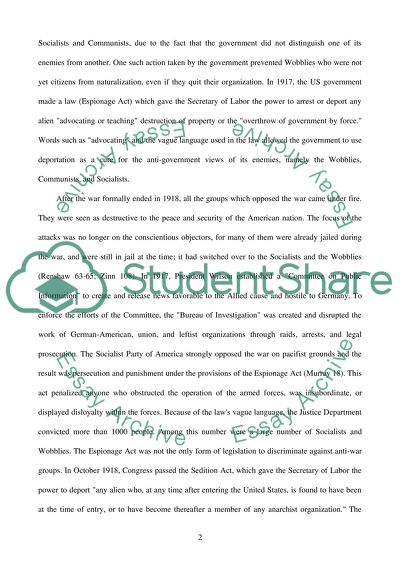Cite this document
(“Red Scare Essay Example | Topics and Well Written Essays - 1500 words”, n.d.)
Retrieved from https://studentshare.org/miscellaneous/1532639-red-scare
Retrieved from https://studentshare.org/miscellaneous/1532639-red-scare
(Red Scare Essay Example | Topics and Well Written Essays - 1500 Words)
https://studentshare.org/miscellaneous/1532639-red-scare.
https://studentshare.org/miscellaneous/1532639-red-scare.
“Red Scare Essay Example | Topics and Well Written Essays - 1500 Words”, n.d. https://studentshare.org/miscellaneous/1532639-red-scare.


